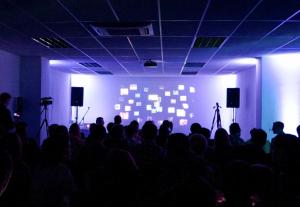- Apple iOS, Customer Experience, Gestures, Information Design and Architecture, Microsoft, Psychology and Human Behavior, Touch
Ryan Hunt’s article on how being able to relate to the way we use a new product helps us accepting it.
Article by Ryan Hunt
Share:Long Term Memory: Touchscreen Interaction
Share this link
- April 20, 2017
8 min read







